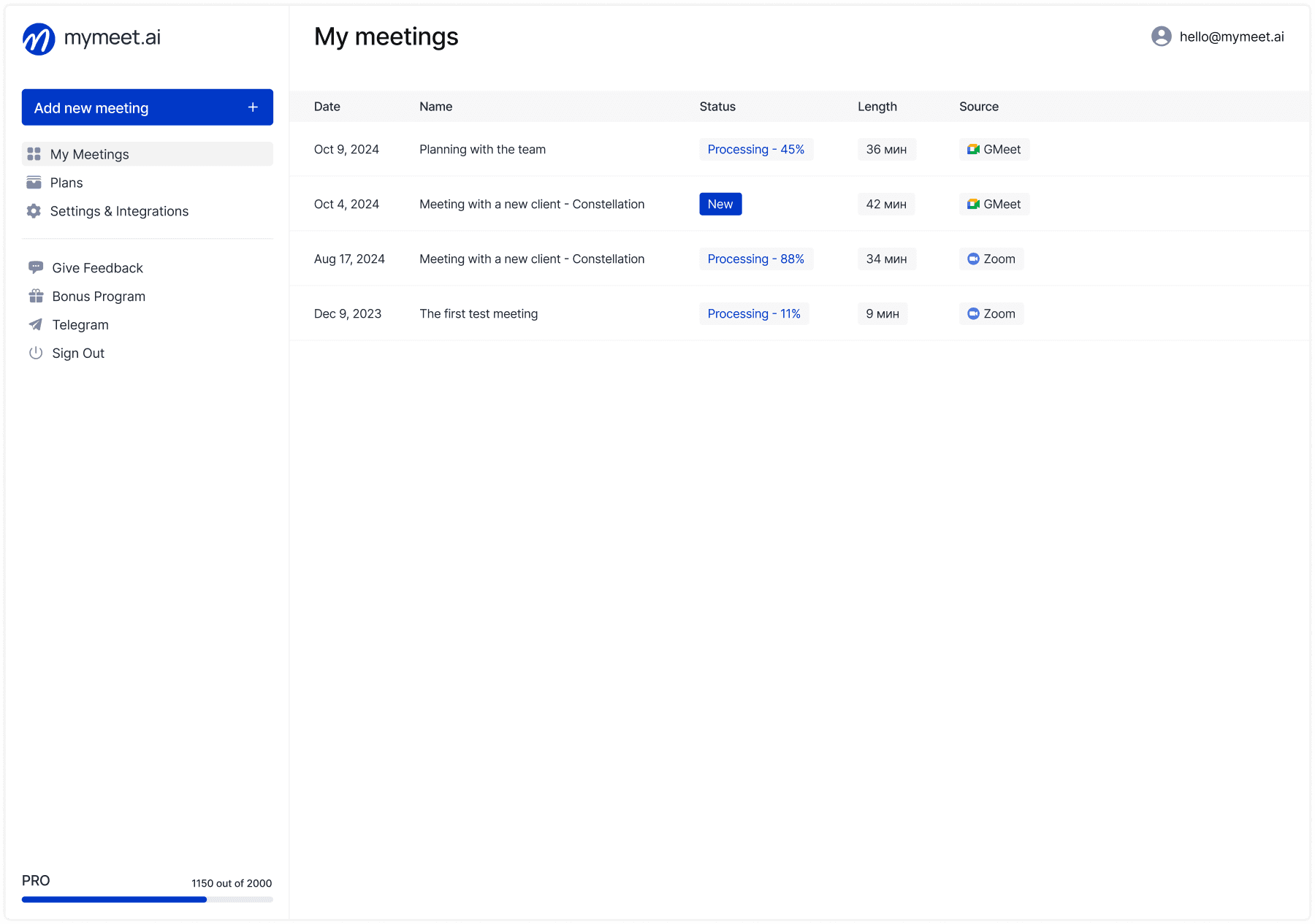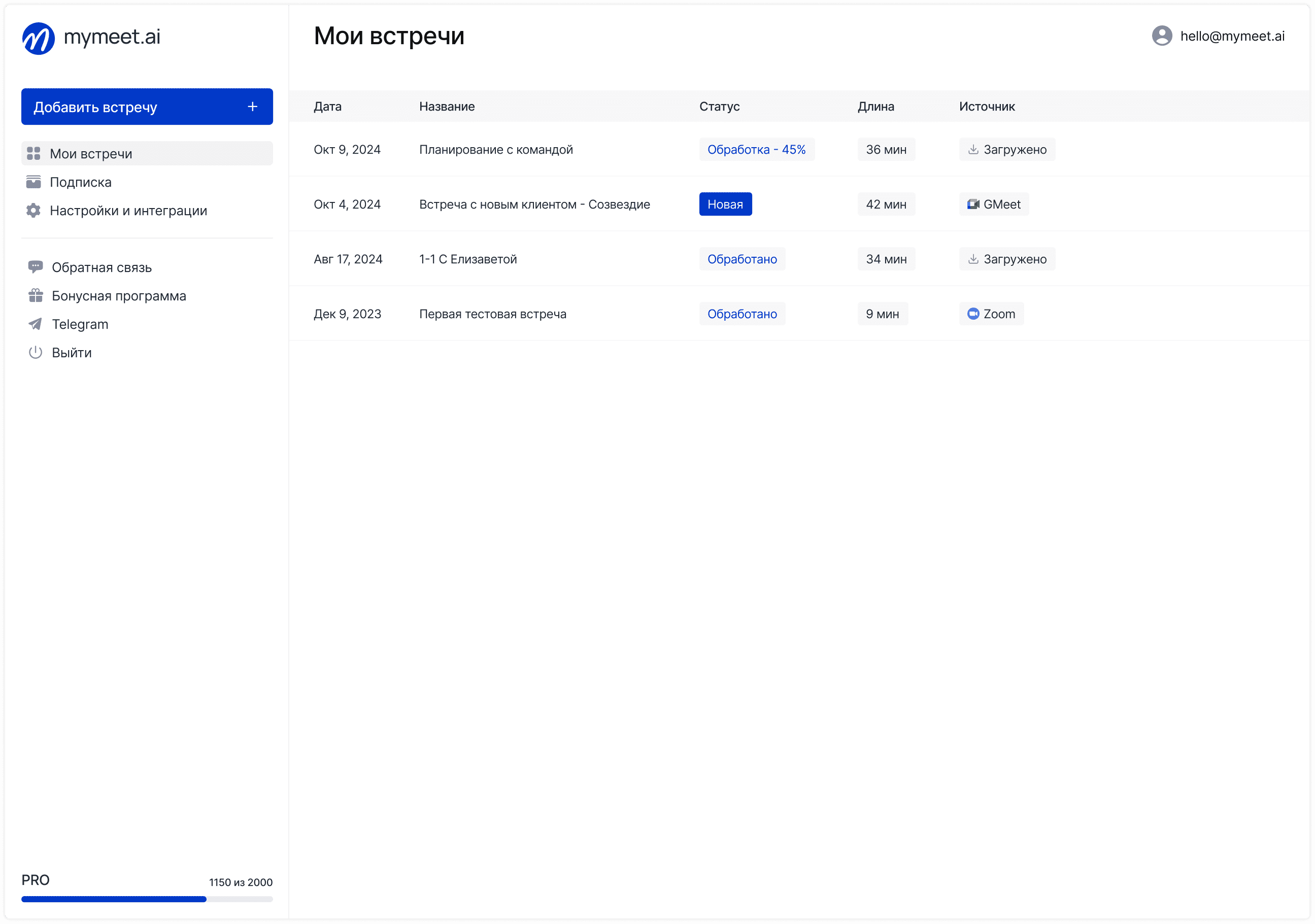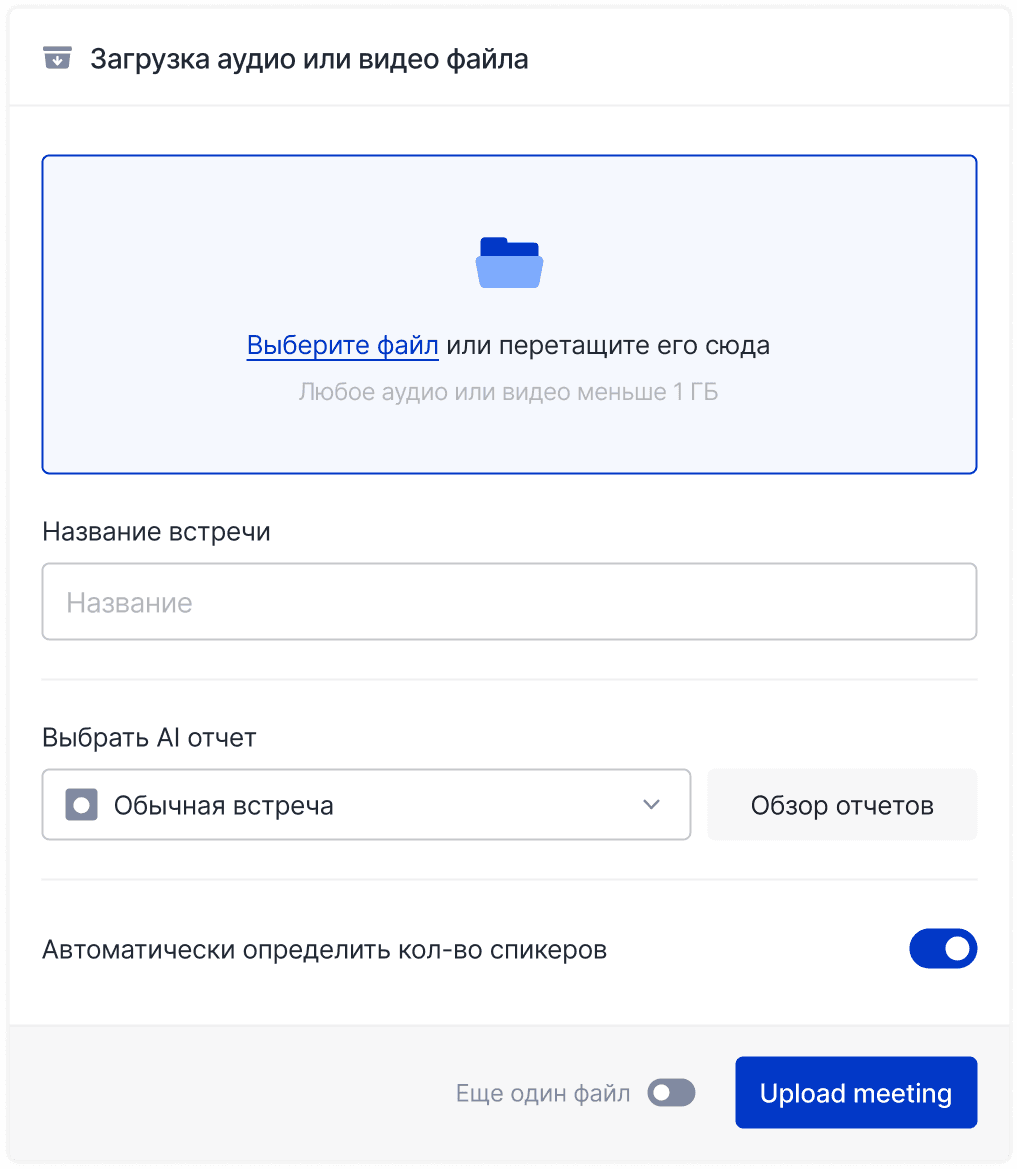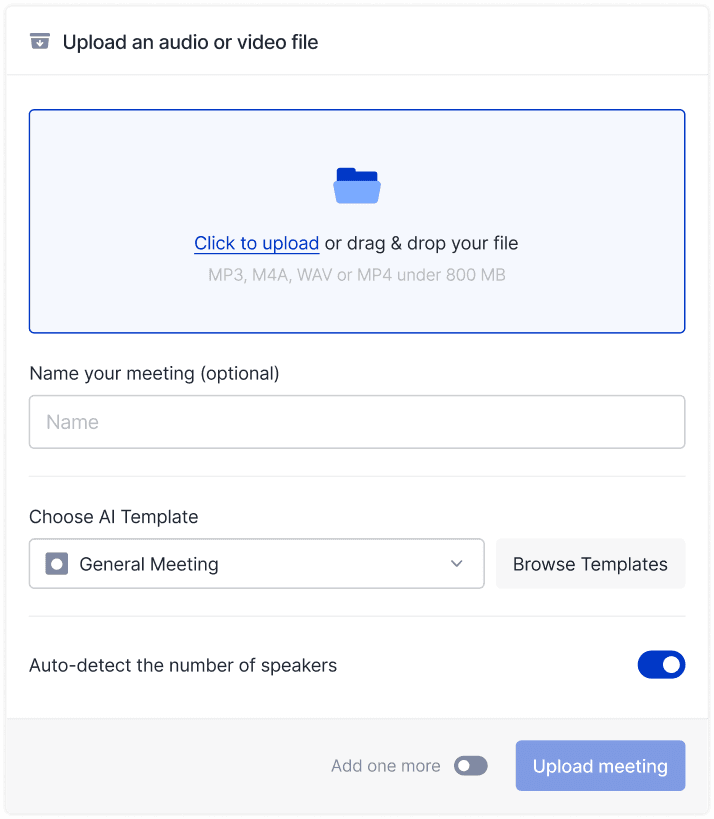Task Management

Andrey Shcherbina
Mar 28, 2025
"If you don't know where you're going, you'll end up somewhere else." This phrase perfectly describes the fate of teams without clear goals. Over 10+ years of working with project teams, I've seen how properly set team goals transform a group of disparate specialists into a well-coordinated mechanism, while their absence destroys even the most promising initiatives.
According to McKinsey research, teams with clearly defined goals show 27% higher productivity. However, according to a Gallup survey, only 41% of employees understand how their work relates to company goals. Something has clearly gone wrong.
Let's explore how to properly define team goals and, more importantly, how to achieve them—without burnout and disappointment.
What Are Team Goals and Why They Matter
Team goals are not just a task list or a sum of individual KPIs. They are specific, measurable results that a team aims to achieve through joint efforts over a defined period.
Over years of consulting, I've noticed that many confuse team goals with routine tasks, vague aspirations, or individual metrics. True team goals require collective effort, are understood by all team members, and directly connect to the organization's broader objectives.
Imagine a marketing team. The copywriter's individual goal is to write quality texts, the designer's is to create attractive layouts, and the SMM specialist's is to grow the audience. But only the common goal of "increasing conversion from social media by 15% per quarter" will make them work as a single organism, not as a group of separate specialists.
Types of Team Goals Worth Setting
Not all goals are equally useful. In terms of time horizon, it's worth combining short-term (up to 3 months), medium-term (3-12 months), and long-term (more than a year) goals. This structure provides both strategic vision and tactical victories.
By focus area, there are performance goals (measurable results), learning and development goals (skill acquisition), innovation goals (creating something new), and process goals (improving workflows). The ideal mix depends on your team's specifics.
The balance between ambition and realism is the most challenging aspect of defining team goals. The golden rule I've derived from practice: a good team goal should require effort, but not miracles.
SMART Methodology for Team Goals
The SMART methodology has stood the test of time, but there are nuances rarely mentioned in textbooks.
Specific: Vague formulations are the main enemy of team goals. "Improve team communication" is an example of a poor formulation. "Implement weekly 30-minute retrospectives with all team members participating" is much more specific.
Measurable: The ability to measure progress is especially important for team goals. A typical mistake is choosing metrics that are easy to measure but don't reflect real progress. For example, the number of meetings held instead of their effectiveness.
Achievable: Conduct an honest audit of team resources before setting a goal. What do you already have? What's missing and how can you get it?
Relevant: The goal should align with the company's general direction and be meaningful to the team itself. Explain how achieving this goal will impact overall success.
Time-bound: Deadlines create a sense of urgency and help focus. For long-term goals, set intermediate checkpoints.
Here's an example of transforming a vague goal into SMART format:
Before: Improve collaboration between marketing and sales departments.
After: By the end of Q3, implement a joint lead qualification process between marketing and sales that will reduce lead transfer time between departments from 48 to 24 hours and increase the percentage of leads accepted by sales from 65% to 85%.
Team Goal Setting Process: Step-by-Step Guide
The goal-setting process is as important as the content of the goals. The right process ensures the involvement of the entire team and understanding of the goals by each member.
Start with preparation: gather information about the company's strategic goals, past achievements, and current team capabilities. Then conduct a workshop with the team, using techniques like brainstorming or future-focused retrospectives.
After generating ideas, prioritization is necessary—not all suggestions can become goals. Transform the chosen ideas into SMART goals and determine who's responsible for each one. The final step is documenting and visualizing the goals in a format accessible to the entire team.
One of my clients created a "Goal Tree" on the office wall: long-term goals were the trunk, medium-term goals were branches, and short-term goals were leaves. This made the goals part of daily work and a constant reminder of the direction.
mymeet.ai: How an AI Assistant Helps in Setting and Tracking Team Goals

Setting and tracking team goals requires regular meetings and analysis. This is where modern AI tools like mymeet.ai come to the rescue—a meeting assistant that helps structure discussions and automatically record results.

The AI assistant offers ready-made templates for goal-setting sessions, connects to online meetings and transcribes discussions, highlighting key points related to goals. The system regularly reminds of approaching deadlines and automatically creates status reports on goal achievement.

The most valuable aspect of using mymeet.ai is saving time on routine tasks and the ability to focus on strategic thinking and meaningful discussions.

Strategies for Successfully Achieving Team Goals
Setting goals is only half the battle. Here are proven strategies that will help your team succeed.
Make progress visible to the entire team using information dashboards or charts. One development team I worked with used a system of LED indicators in the office: green light meant the team was on track to achieve the quarterly goal, yellow indicated risks, and red signaled serious lag. This created instant feedback for everyone.
Establish a clear rhythm for discussing progress: daily 15-minute standups for short-term goals, weekly one-hour meetings for medium-term goals, monthly or quarterly reviews for long-term goals.
Create a culture of mutual support and accountability through paired leadership for each goal and regular help sessions. Don't wait for the final achievement of the goal to celebrate success—celebrate intermediate milestones, this maintains team motivation.
Be ready to flexibly adapt goals. The business environment changes, and sometimes initial goals require adjustment. Conduct "checkpoints" every 4-6 weeks to assess the relevance of goals and make necessary changes.
How to Measure Progress and Evaluate Team Goal Achievement
Without measuring progress, it's impossible to understand if the team is moving in the right direction. Good metrics for team goals should be relevant, easy to understand, timely, and sufficient.
A typical mistake is choosing too many metrics. This disperses attention and complicates analysis. For each goal, choose 1-2 main metrics directly related to the goal, and 2-3 auxiliary ones to monitor side effects.
Not all aspects of teamwork can be measured with numbers. For a complete picture, combine quantitative metrics (productivity, quality, efficiency) with qualitative indicators (customer satisfaction, team dynamics, innovation).
Use data visualization—the human brain better perceives graphical information. Supplement formal metrics with regular feedback from team members, customers, and other stakeholders.
Common Team Goal Problems and Their Solutions
Similar problems often arise when working with team goals. Let's look at the most common ones.
The conflict between individual and team goals occurs when team members prioritize their personal KPIs over common goals. The solution is to revise the motivation system so that a significant portion of bonuses depends on team results, and clearly demonstrate how individual contributions affect the overall result.
Loss of focus over time is a typical problem with long-term goals. To avoid "dilution," make goals visually noticeable, implement regular short progress meetings, and constantly connect daily tasks with long-term goals.
Demotivation in the absence of quick results occurs when the team doesn't see progress. Break down large goals into smaller milestones, celebrate intermediate achievements, and use visualization showing even small improvements.
Uneven distribution of efforts within the team can be resolved by clearly defining roles, rotating responsibility, and openly discussing each person's contribution during regular retrospectives.
Examples of Successful Team Goals from Different Industries
It's better to see once than to hear a hundred times. Here are some examples of effective team goals from real practice.
Development team in a fintech startup: "By the end of Q3, reduce the average time from idea to production for a new feature from 45 to 30 days while maintaining the current quality level (no more than 2 critical bugs per release)."
Why it works: specific measurable indicator (cycle time), built-in mechanism to protect against sacrificing quality for speed, focus on the process, not just the result.
Support team in a SaaS company: "Achieve a First Contact Resolution (solving the problem at first contact) rate of 80% for level 1-2 complexity inquiries by year-end, with intermediate goals of 65% by end of Q1, 70% by end of Q2, 75% by end of Q3."
Why it works: gradual raising of the bar with clear intermediate goals, focus on an indicator directly affecting customer satisfaction, clear limitation of the scope.
Production line team: "Increase overall equipment effectiveness (OEE) from 72% to 85% over 6 months by reducing setup time by 30% and unplanned downtime by 50%."
Why it works: the main indicator is supplemented with specific levers of influence, the goal touches all aspects of production, well-measurable parameters.
Conclusion
Effective team goals are a powerful tool that can transform any team's work. They provide clear direction, unite efforts, and ensure measurable progress.
The key to success is balance between a structured approach and flexibility, between ambition and realism, between individual responsibility and teamwork.
If you're a leader, invest time in a quality goal-setting process involving the entire team. If you're a team member, actively participate in defining goals and connect your daily work with achieving them.
And remember: ultimately, team goals aren't about paperwork and metrics, but about people who together create something greater than they could do individually.
FAQ: Frequently Asked Questions About Team Goals
How often should team goals be reviewed?
Short-term goals should be reviewed monthly, medium-term goals quarterly, and long-term goals semi-annually. With significant changes in external conditions, an unscheduled review may be required.
How many team goals is it optimal to have simultaneously?
In my experience, the optimal number is 3-5 active goals of different scales. Fewer is insufficient for comprehensive development, more leads to dispersed focus.
What to do if team members don't share enthusiasm about the goals?
Low engagement is often related to lack of participation in goal setting. Conduct an open discussion, find out concerns and objections, review goals based on feedback. The connection between achieving goals and personal benefit should be obvious to everyone.
How to adapt team goals when the team composition changes?
With significant changes in composition (key specialists leaving/joining), conduct a session to review goals with the new lineup. Ensure quality transfer of context to new participants and give them the opportunity to contribute to goal adjustment.
What if the team regularly fails to achieve set goals?
This is a signal that analysis is needed. The reasons can be various: unrealistic goals, lack of resources, lack of necessary skills, problems with processes or team dynamics. Conduct an honest retrospective, identify root causes, and adjust your approach.
Andrey Shcherbina
Mar 28, 2025








